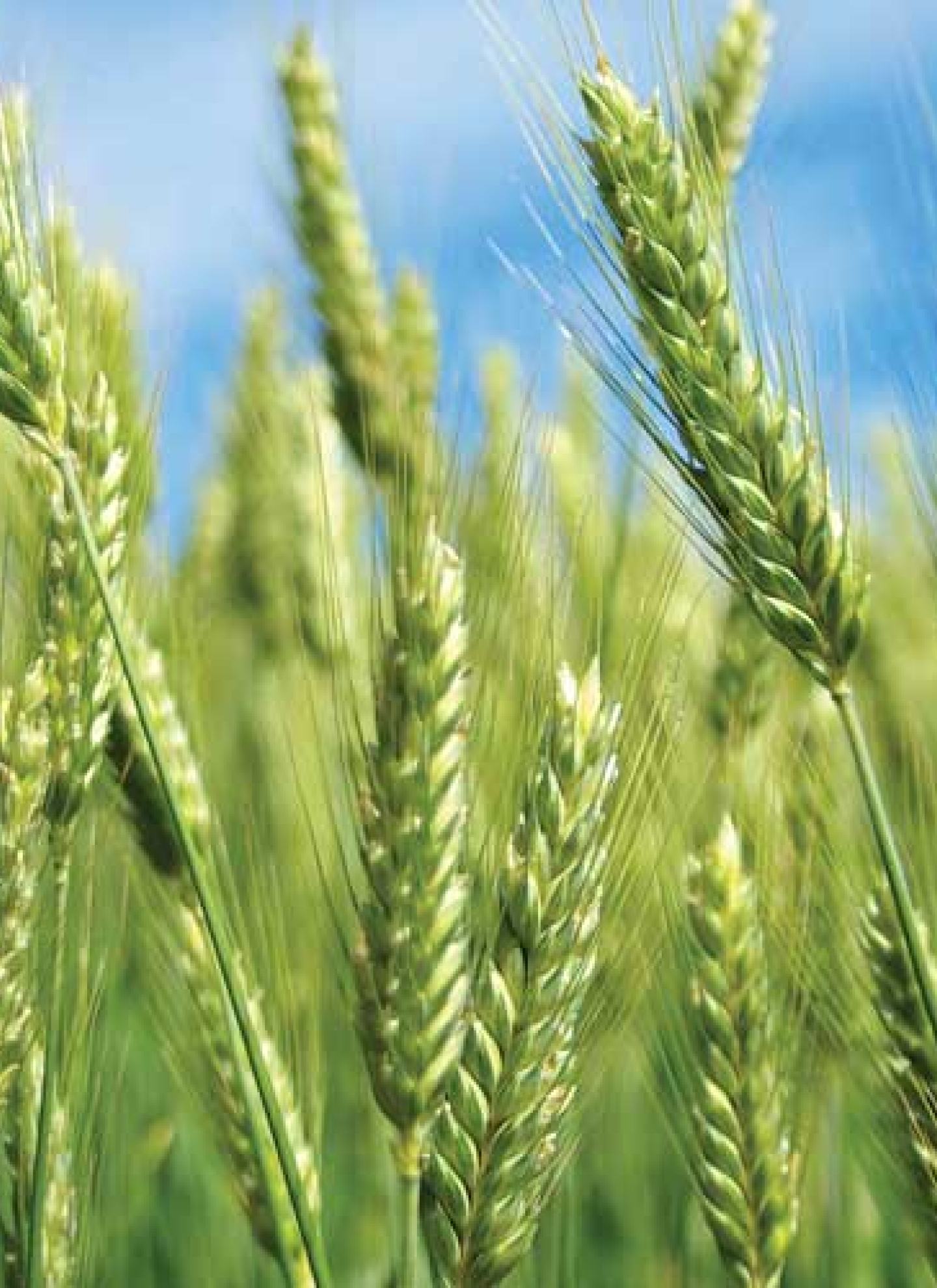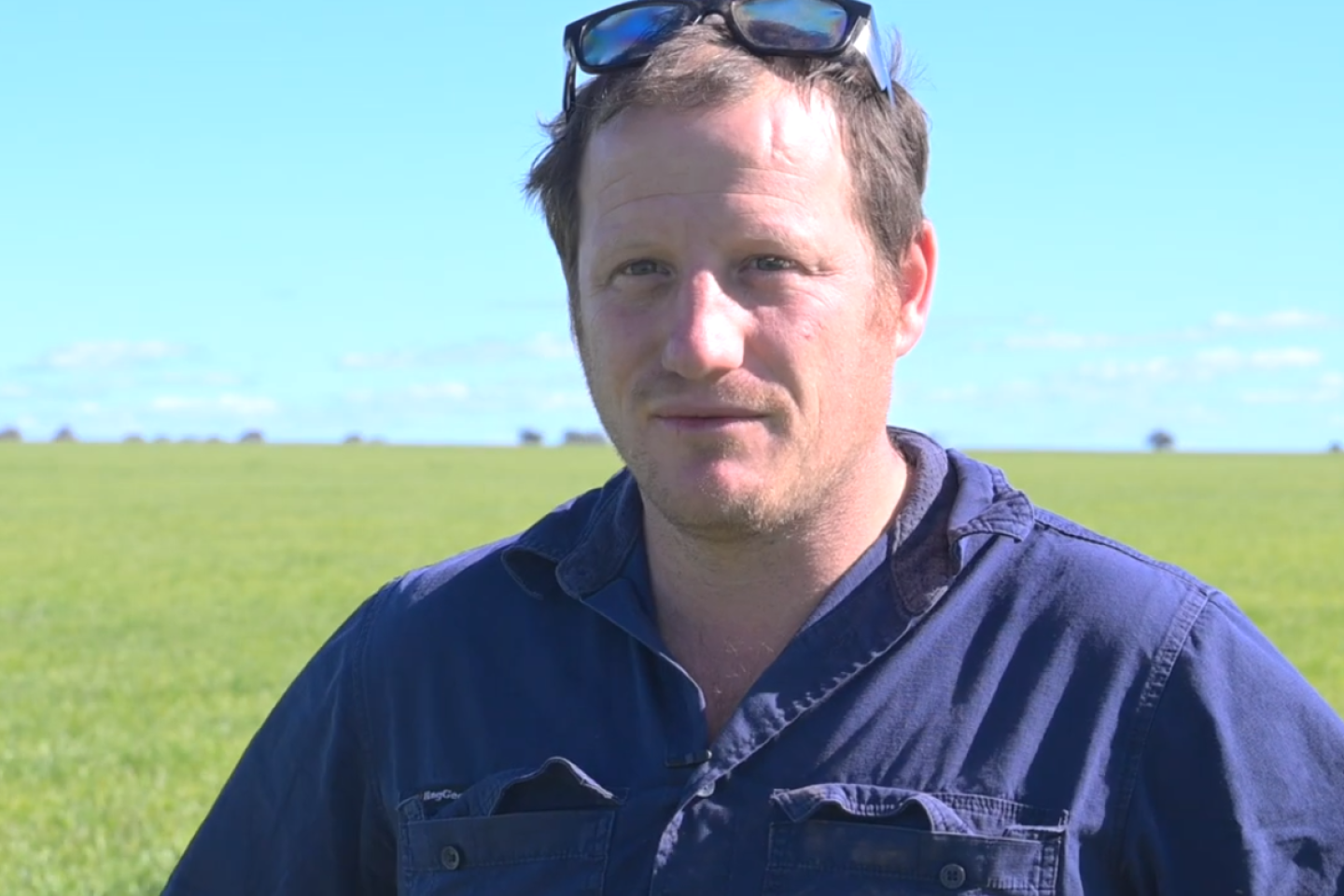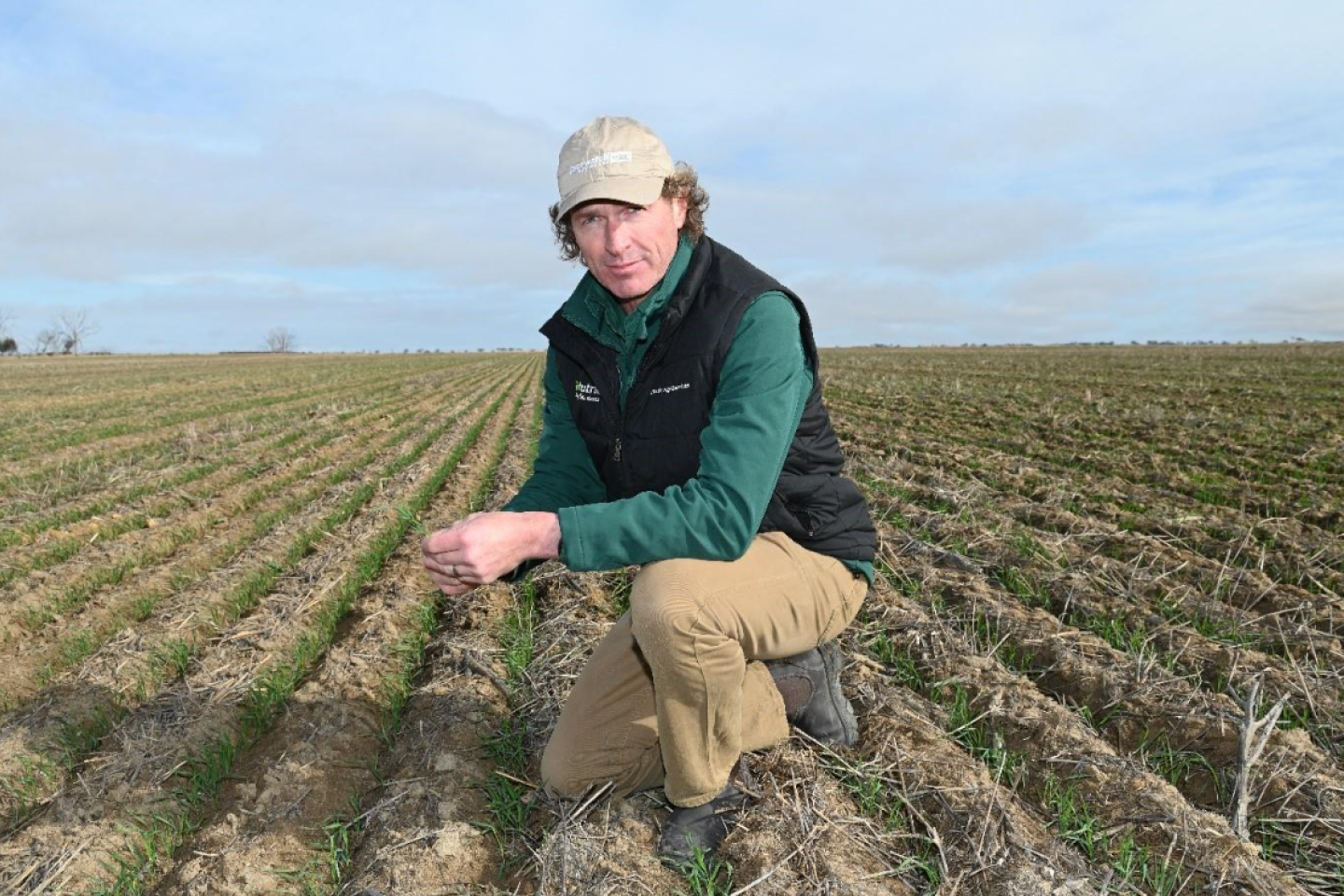The change in farming systems to zero or minimal till over past decades has seen an evolution in problem weeds and challenges with herbicide resistance and chemical control. Maurie Street, of Grain Orana Alliance (GOA), in Dubbo, NSW, said shallow germinating weeds, such as milk thistle, have started to dominate paddocks replacing weeds such as Paterson’s Curse, which was common twenty years ago. It has also meant some key weeds have become more difficult to control in the cropping cycle. “Part of that evolution is that slow and insidious selection for herbicide resistance,” Mr Street said. “One of the mainstays has been ryegrass. It’s always been a major weed but the evolution we've seen is that slow progression of resistance.” He said one new option he utilised this year was the pre-emergent herbicide, Overwatch® Herbicide, from FMC which he compared to Treflan# in a wheat paddock. “I had a look at it in the past and also ran a trial on my own crop this season. The weed control from Overwatch® was really good,” he said. “It was under some pretty serious ryegrass pressure, as a first crop in 15 years, having been in pasture for all this time prior. There was humungous ryegrass pressure and general weeds.” Mr Street said Overwatch® Herbicide performed similar to Treflan# on ryegrass but had some advantages over it on other weed species.
Herbicides
Evolution of weeds as farmers change practices
October 1, 2021



